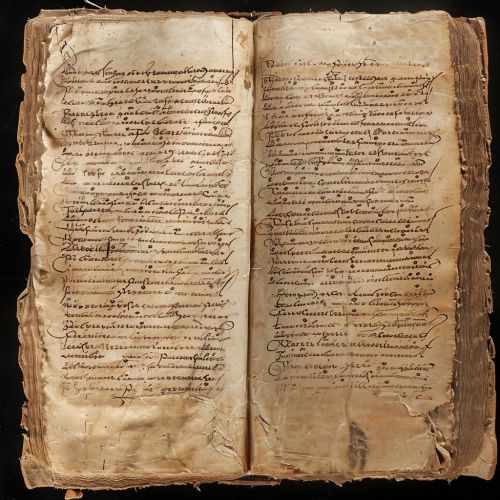Old Church Slavonic
Introduction
Old Church Slavonic, also known as Old Bulgarian, is the earliest attested Slavic language. It was used by the Slavs in the 9th to 11th centuries, primarily in the First Bulgarian Empire and the Eastern Orthodox Church. The language played a significant role in the history of the Slavs, serving as the foundation for the development of the later Slavic languages.


Historical Background
Old Church Slavonic was first developed in the 9th century by Saints Cyril and Methodius, Byzantine missionaries from Thessaloniki. They created the language to translate the Bible and other Christian texts into the vernacular of the Slavs. This was part of their mission to convert the Slavs to Christianity, an effort commissioned by the Byzantine Emperor Michael III.
The language was based on the Slavic dialect spoken in the region of Thessaloniki. It incorporated elements from other Slavic dialects, as well as from Greek, Latin, and Hebrew. The language was written using the Glagolitic alphabet, which was also created by Cyril and Methodius. Later, in the 10th century, the Cyrillic alphabet was developed in the First Bulgarian Empire, based on the Greek alphabet with additional letters borrowed from the Glagolitic.
Linguistic Characteristics
Old Church Slavonic is a highly inflected language, with a complex system of grammatical cases and verb conjugations. It has seven grammatical cases: nominative, genitive, dative, accusative, instrumental, locative, and vocative. The language also has a rich system of tenses, moods, and aspects for verbs.
The phonology of Old Church Slavonic is characterized by a number of distinctive features. These include the presence of nasal vowels, a feature not found in most other Slavic languages, and a complex system of palatalization.
The vocabulary of Old Church Slavonic is largely of Slavic origin, but it also contains a significant number of borrowings from Greek, Latin, and Hebrew. These borrowings are primarily religious in nature, reflecting the language's primary use in the translation of Christian texts.
Influence and Legacy
Old Church Slavonic had a profound influence on the development of the Slavic languages. It served as a model for the literary languages of many Slavic nations, including Russian, Bulgarian, Serbian, and others. The Cyrillic alphabet, which was developed based on the Glagolitic alphabet used for Old Church Slavonic, is still used by many Slavic languages today.
The language also had a significant impact on the culture and history of the Slavic peoples. It played a crucial role in the Christianization of the Slavs and the establishment of the Eastern Orthodox Church among them. The texts written in Old Church Slavonic constitute some of the earliest and most important works of Slavic literature.
